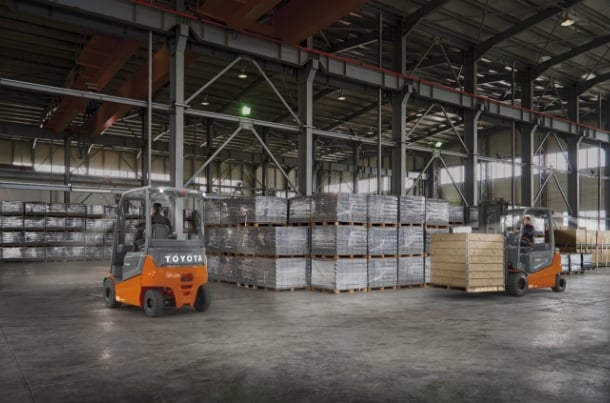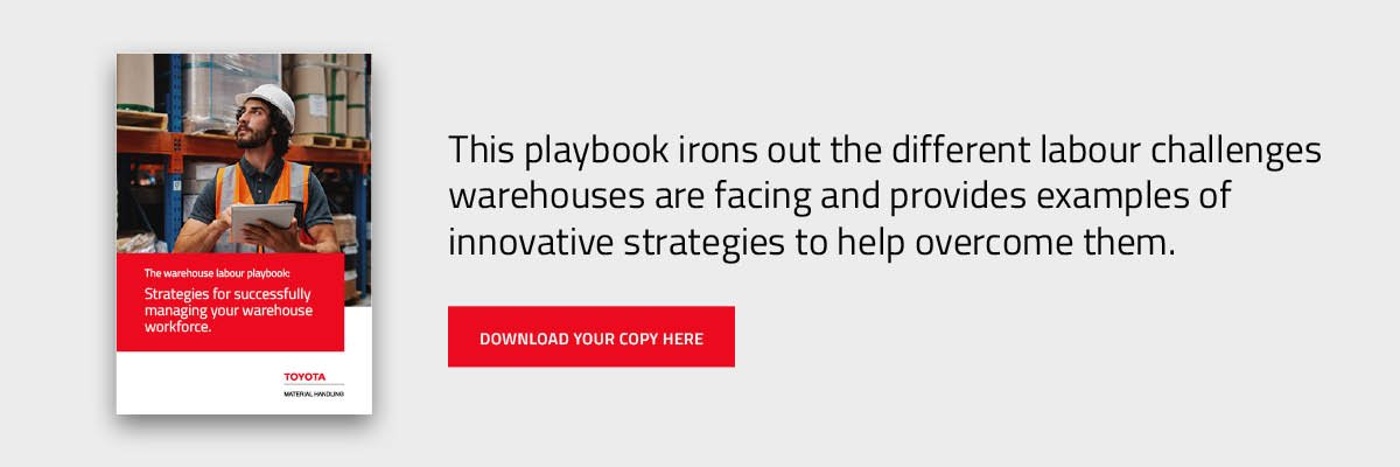A warehouse operation has lots of moving parts. This means mistakes and challenges will naturally arise. However, these mistakes can significantly impact a business’ bottom line and result in lost productivity. So, what can you do to solve them?
This article outlines four common warehouse operation problems and shares strategies and initiatives to eradicate them.
- Lack of preparation for seasonal demand.
- Inefficient labour forecasting.
- Poor warehouse layout.
- Unsatisfactory inventory management.
1. Lack of preparation for seasonal demand.
Certain products are more popular during specific times of the year. This means demand can fluctuate, so warehouses must be prepared for this.
Certain influxes of demand can be detrimental if a warehouse does not have the right amount of staff working to deal with higher volumes of orders.
This can therefore lead to warehouses having to spend money on additional labour costs or, in some cases, reduce the number of orders they can complete.
Both of these outcomes are likely to harm a business' bottom line.
There are many ways warehouses can become better prepared for seasonal demand and ensure they operate smoothly during demand spikes.
Automated warehouse processes are the first. Solutions such as automated guided vehicles (AGVs), which includes tow trains, carts and shuttles, can streamline your operation and take on additional tasks during an unexpected rise in demand.
The second is through efficient labour forecasting, where many businesses can also fall short.
2. Inefficient labour forecasting.
A lack of preparation for seasonal demand is usually related to inefficient labour forecasting.
This is the process of anticipating how many hours your business will need your employees to work in the future to meet fluctuating demand.
Inefficient labour forecasting usually becomes a problem when companies do not have the right technology to supply them with accurate data.
A warehouse management system (WMS) can alleviate this problem by providing a single source of information.
It can increase the visibility of both workflows and the flow of goods through a warehouse, making it easier to spot inefficiencies and pinpoint changes in demand.
We have taken a deeper look into what labour forecasting is and how it can help warehouses solve operational challenges in this article.
Start improving your supply chain and generating more revenue.
Our playbook outlines the most impactful strategies your business can implement to make effective changes to your supply chain and achieve your goals.
3. Poor warehouse layout.
The layout of a warehouse can also contribute to problems in warehouse operations.
If a warehouse layout has not been optimised, it can result in increased waste, lost productivity and a higher number of accidents.
The estimated cost of injuries and ill health from working conditions is around £16.2 billion. This means warehouses should implement measures to improve their warehouse layout and avoid additional, avoidable costs.
An optimised warehouse layout can increase performance, too. Your workforce will feel they can work at an optimum level in a safe environment, especially during more demanding periods.
Find out more about the best practices for warehouse layout optimisation and the impact it can have on your operation here.
4. Unsatisfactory inventory management.
Losing visibility over inventory leads to lost profitability and inaccurate storage and transportation, which negatively impacts your bottom line. Poor inventory management can create a host of issues.
It can also lead to your business having too little or too much inventory. Too little inventory can result in disgruntled customers and too much will increase how much waste you generate.
Having optimal stock levels is crucial to a warehouse's success. It ensures you are best prepared to meet fluctuating demand and allows your workforce to work at the optimum level.
There are several ways to improve your inventory management — having the right technology in place is the most important.
Solutions such as inventory tracking, asset tagging and warehouse automation are designed to better track the flow of inventory and goods as they make their way through the warehouse.
This leads to more efficient manufacturing, delivery and other integral warehouse processes. Learn more about how your warehouse can substantially improve your inventory accuracy here.
We have more guidance on overcoming warehouse operation problems in our playbook.
Our playbook delves into some of the most common warehouse challenges and the different solutions your business can implement, such as automation, to solve them.
It is available to read via the link below.

